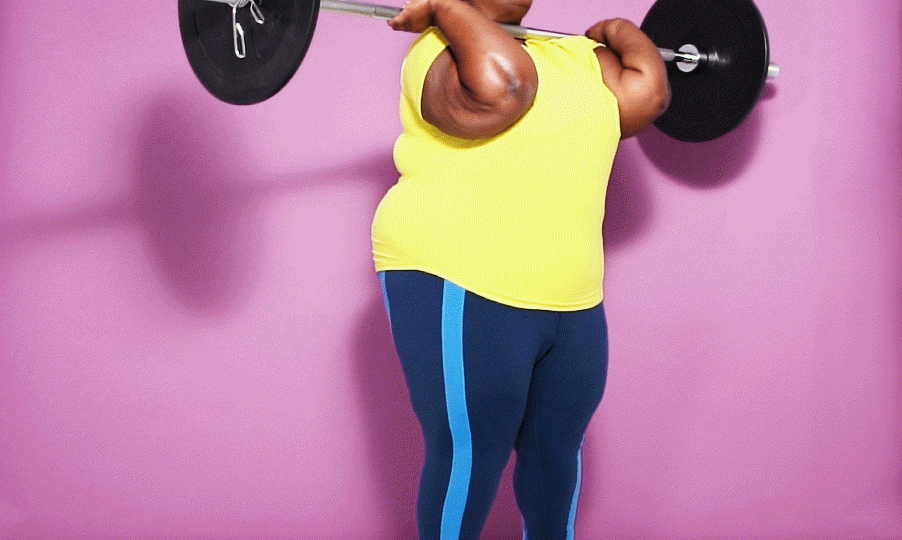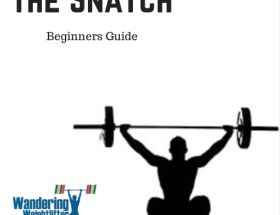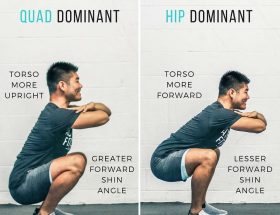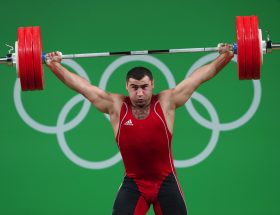Weightlifting is a physically demanding sport that requires strength, power, and flexibility. To perform at your best and prevent injuries, it is crucial for weightlifters to incorporate mobility exercises into their training routine. These exercises not only improve range of motion but also enhance overall performance. In this article, we will explore some effective mobility exercises specifically designed for weightlifters.
1. Hip Flexor Stretch
Weightlifting involves explosive movements and heavy loads that put significant stress on the hip flexors. A tight hip flexor can limit your ability to achieve proper depth in squats or maintain an upright posture during lifts. To stretch your hip flexor, assume a lunge position with one knee on the ground and the other foot forward. Lean slightly forward, keeping your abdominal muscles engaged. Hold the stretch for 30 seconds and repeat on the other side. Perform this stretch before and after your weightlifting sessions.
2. Shoulder Dislocations
Weightlifting heavily relies on shoulder mobility to achieve proper positioning and stability during lifts such as overhead press or snatch. Shoulder dislocations are an excellent exercise to increase shoulder flexibility. Stand with your feet hip-width apart and hold a resistance band or broomstick with a wide grip. Keeping your arms straight, raise the band or broomstick over your head and behind your back. Move back and forth in a controlled manner, gradually widening your grip as your mobility improves. Perform 10-15 repetitions for optimal results.
3. Thoracic Spine Mobility
The thoracic spine plays a vital role in maintaining a stable and upright position during weightlifting movements. Limited thoracic spine mobility can lead to compensatory movements and increased risk of injury. To enhance thoracic spine mobility, lie on your back with a foam roller positioned underneath your upper back. Place your hands behind your head and gently roll back and forth, focusing on areas that feel tight or restricted. Perform this exercise for 2-3 minutes before your weightlifting workouts.
4. Ankle Dorsiflexion Stretch
Proper ankle mobility is crucial for maintaining balance and stability during weightlifting exercises like squats and cleans. Insufficient ankle dorsiflexion can result in compensatory movements and loss of power output. To stretch your ankles, stand facing a wall with your feet shoulder-width apart. Place your hands against the wall for support and slowly bring your knees forward, attempting to touch the wall with them. Hold this position for 15-20 seconds and repeat for 3-4 sets.
5. Cervical Spine Mobility
A well-functioning cervical spine is essential for maintaining proper bar placement during weightlifting exercises such as front squats or clean and jerks. Limited cervical spine mobility can compromise your ability to achieve the correct bar position, leading to inefficient movements. To improve cervical spine mobility, sit or stand tall and gently tilt your head from side to side, performing slow and controlled movements. Aim for 10 repetitions on each side.
6. Wrist Mobility Exercises
Weightlifting exercises like snatches and clean and jerks require strong and mobile wrists. Lack of wrist mobility can hinder your ability to perform these lifts safely and effectively. To improve wrist mobility, start by extending one arm in front of you with the palm facing down. Use your other hand to gently pull the fingers back, feeling a stretch in your wrist. Hold this position for 10-15 seconds and repeat on the other arm. Perform 2-3 sets on each side.
Conclusion
Incorporating mobility exercises into your weightlifting routine is imperative for optimizing performance and reducing the risk of injuries. By targeting specific areas of the body such as hips, shoulders, spine, ankles, and wrists, weightlifters can improve range of motion, achieve better positions, and enhance overall movement quality. Remember to perform these mobility exercises regularly and gradually increase intensity and duration as your flexibility improves. Consult with a professional trainer or physical therapist to ensure proper form and technique.








